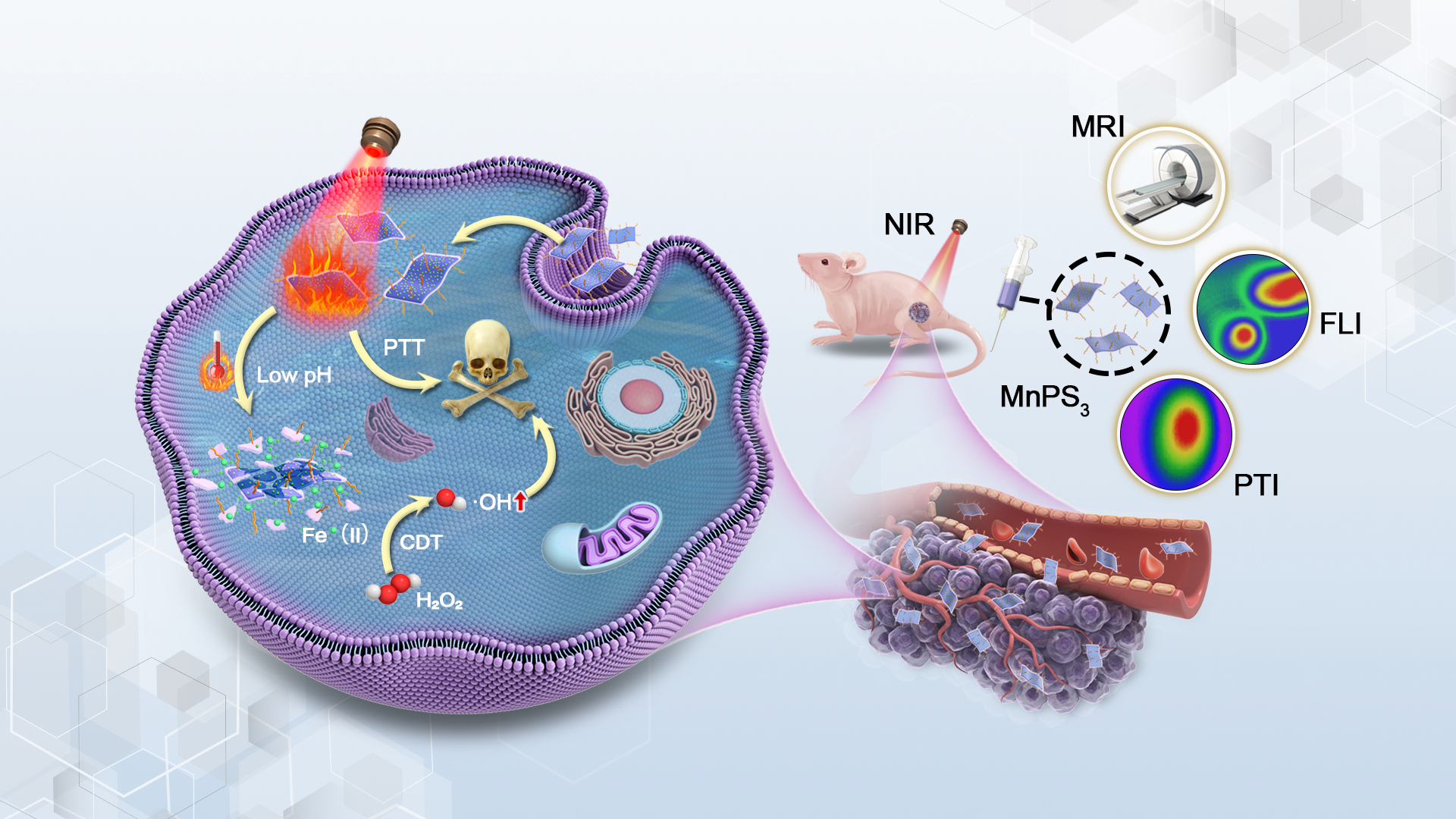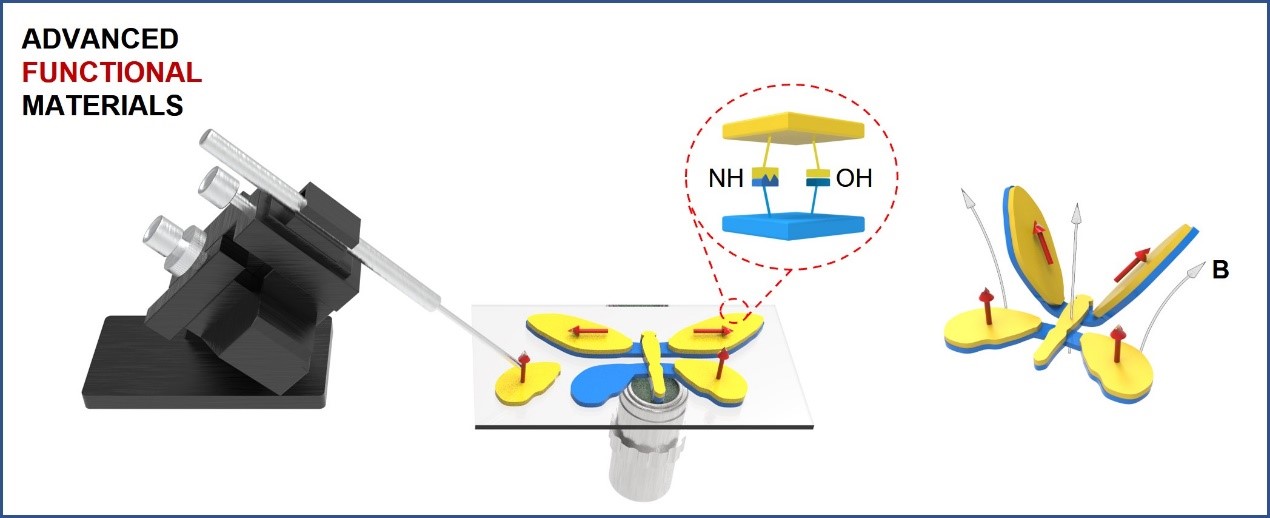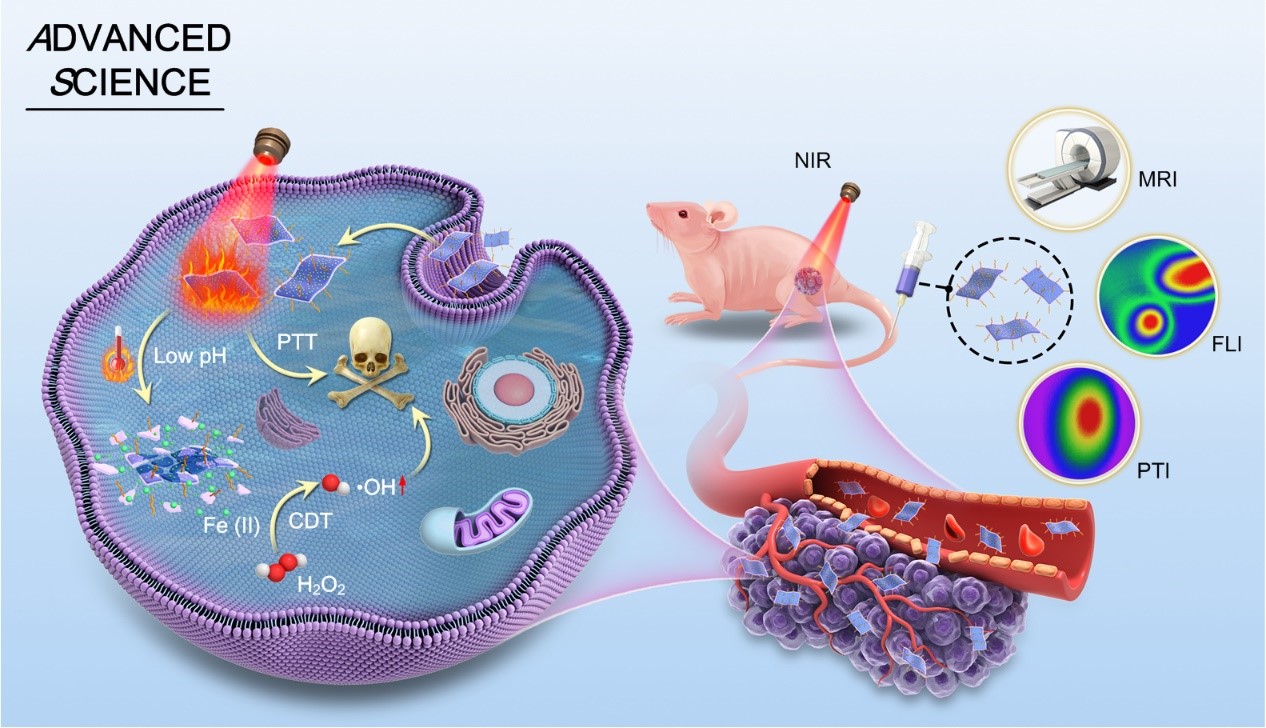In the medical domain, magnetic miniature robots offer a non-invasive solution for targeted drug delivery, enabling precise medication administration at the microscale. These tiny robots can navigate through the human body with remarkable accuracy, reaching specific tissues or organs, minimizing side effects, and enhancing the efficacy of therapeutic interventions. Moreover, in manufacturing and assembly processes, these robots hold the promise of intricate tasks within confined spaces, optimizing efficiency and paving the way for advancements in microscale engineering.
The need for further investigation and research in the field of magnetic miniature robots is crucial to addressing complex challenges. It can unlock new functionalities, improve control mechanisms, and refine their integration into existing systems. By delving deeper into this magnetic microcosm, the possibilities are as vast as the areas these tiny robots can navigate, and have the potential to revolutionize various industries, from healthcare to manufacturing and beyond.

Associate Professor Chengzhi Hu’s research group from the Department of Mechanical and Energy Engineering (MEE) at the Southern University of Science and Technology (SUSTech) has recently made progress in the field of magnetic miniature robots. By introducing innovative chemical covalent bonds and leveraging two-dimensional materials like MnPS3, they have not only discovered new avenues for programmability, but also unveiled transformative applications, ranging from advanced cancer treatment methods to creating modularized microgels for diverse biomedical and technological applications.
Their works have been published in renowned journals such as Advanced Functional Materials and Advanced Science.
Programmable magnetic soft robot achieves precise structural reconfiguration based on magnetic anisotropy. Microassembly is the primary approach for achieving programmability. Prof. Hu’s group proposed using chemical covalent bonds between the units to facilitate the assembly of heterogeneous units. Incorporating photocrosslinkable small molecules into the precursor enables the creation of modularized microgels. This covalent bonding technique exhibits significant potential across various applications, including constructing spatially heterogeneous tissue scaffolds through unit assembly, micro/nanorobots for targeted cell delivery, magnetic switches for flexible electronics, and controllable capsules for on-demand drug delivery.
This work, entitled “Encoded Magnetization for Programmable Soft Miniature Machines by Covalent Assembly of Modularly Coupled Microgels”, has been published in Advanced Functional Materials, a journal covering areas related to improving chemical and physical properties of materials.
Dr. Tanyong Wei from the Department of MEE at SUSTech is the first author of this paper, and Associate Professor Chengzhi Hu is the corresponding author.

Figure 1. Hydrogel microunit assembly technology based on covalent connection for magnetic anisotropy programming of microrobots
Magnetic-controlled microrobots are good delivery platforms that can realize the loading and directional delivery of different functional materials. In recent years, the two-dimensional functional material MnPS3 has become a research hotspot due to its excellent specific surface area. Firstly, the two-dimensional material based on MnPS3 can achieve a photothermal conversion efficiency of up to 40.7% and generate high temperatures through the photothermal effect to kill cancer cells. Secondly, MnPS3 is an ideal loading platform for a variety of ions. For example, the loaded ferrous iron ion Fe2+ can generate free radicals in the body to kill cancer cells. At the same time, MnPS3 has good biocompatibility and degradation properties, making it an ideal material for synergistic photothermal-chemodynamic therapy. Through tumor treatment experiments in mice, the researchers verified that the loaded MnPS3 has a good synergistic cancer treatment effect.
This work, entitled “Polydopamine-Modified 2D Iron (II) Immobilized MnPS3 Nanosheets for Multimodal Imaging-Guided Cancer Synergistic Photothermal-Chemodynamic Therapy”, has been published in Advanced Science, an interdisciplinary journal covering fundamental and applied research in materials science, physics, chemistry, medical and life sciences, and engineering.
Dr. Hanhan Xie from the Department of MEE at SUSTech is the first author of this paper, and Associate Professor Chengzhi Hu is the corresponding author.

Figure 2. MnPS3-based nanosheets for bioimaging-guided synergistic photothermal-chemodynamic therapy for cancer
Magnetic-controlled microrobots are ideal therapeutic loading platforms due to their excellent targeted delivery and functional material loading capabilities, and they have shown important application potential in biomedical engineering.
These studies were supported by the National Key R&D Program for Diagnostic Equipment and Biomedical Materials (Youth Project), National Natural Science Foundation of China (NSFC), Guangdong Provincial Natural Science Foundation, Shenzhen Science and Technology Innovation Commission, Shenzhen Key Laboratory of Biomimetic Robots and Intelligent Systems, and the Guangdong Provincial General Funding from projects such as the University Key Laboratory of Human Augmentation and Rehabilitation Robots.
Paper links (In order of appearance above):
Advanced Functional Materials: https://onlinelibrary.wiley.com/doi/10.1002/adfm.202311908
Advanced Science: https://onlinelibrary.wiley.com/doi/10.1002/advs.202306494?af=R
To read all stories about SUSTech science, subscribe to the monthly SUSTech Newsletter.